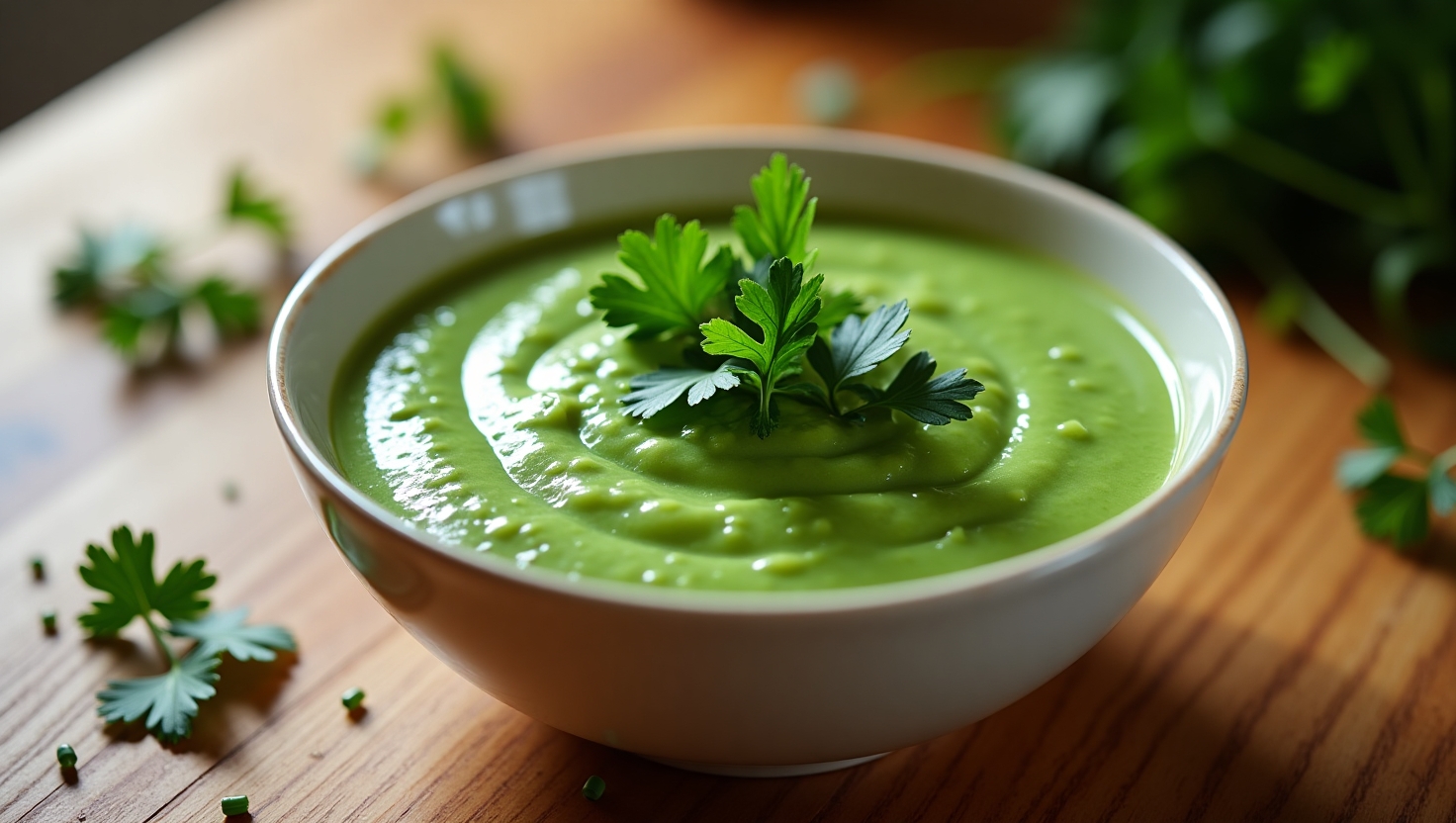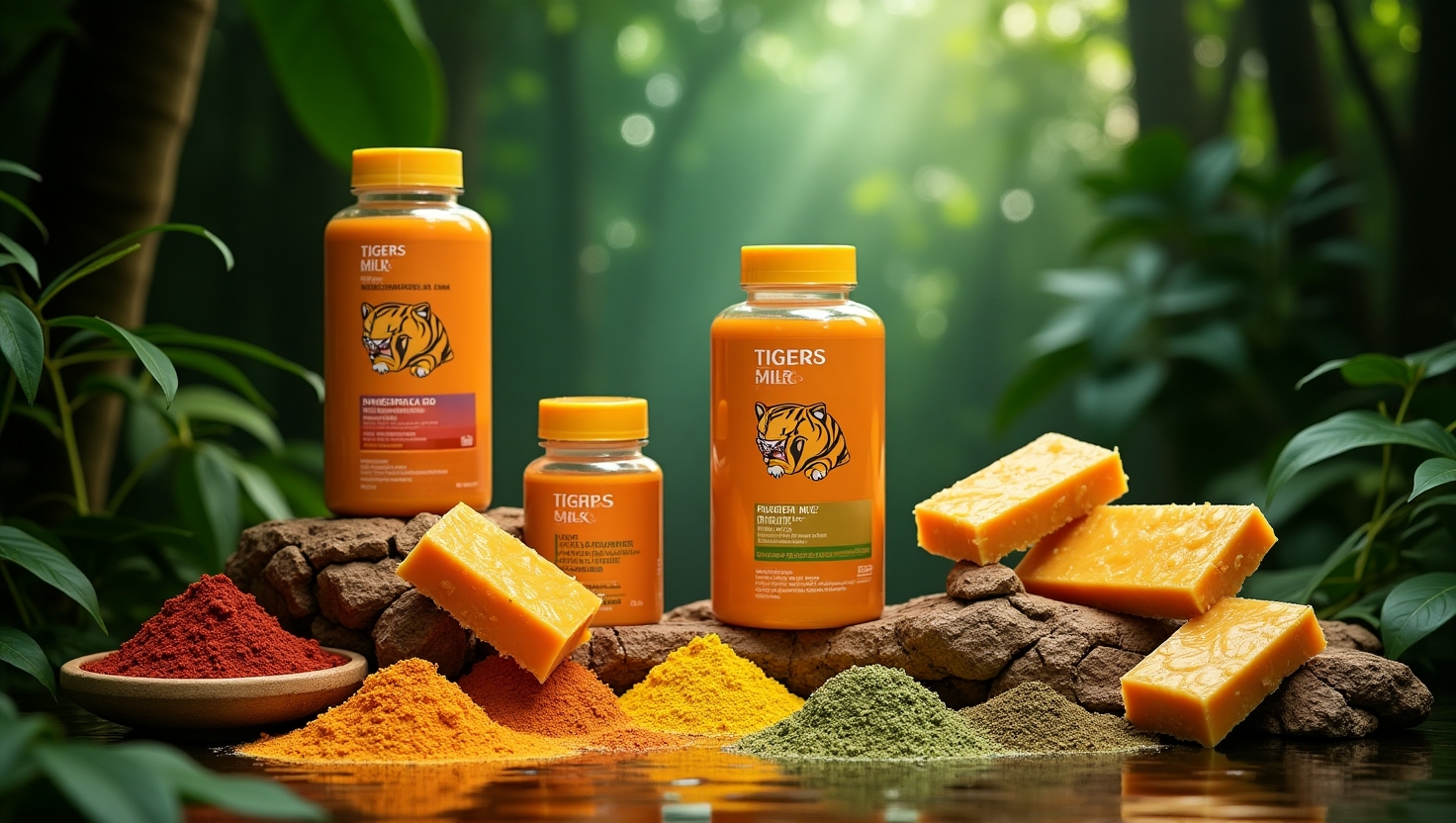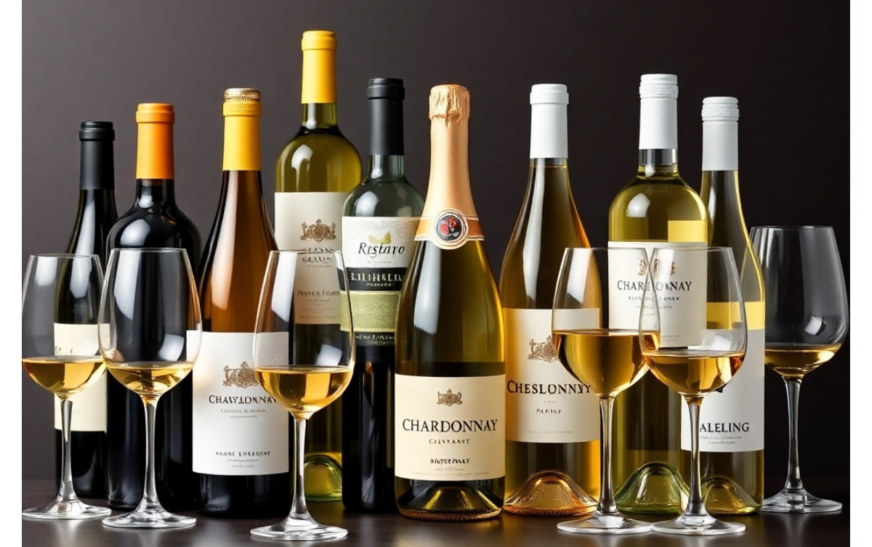White wine is a refreshing and versatile beverage enjoyed all over the world. It is made from light-colored grapes or grape juice that has been fermented without the grape skins. This process gives it its clear, pale color. Whether sipped at celebrations or paired with meals, white wine has a special place in people’s hearts for its light and crisp taste.
This article dives into the history, making, types, and tips for buying white wine.
A Brief History of White Wine
White wine has been a part of human history for thousands of years. Its journey started in ancient times when early civilizations began fermenting grapes. During the Middle Ages, white wine became popular in Europe, with monks perfecting winemaking techniques. In modern times, white wine production spread worldwide, introducing more varieties and styles to suit everyone’s taste.
Where is White Wine Made?
White wine is produced in many countries, but some regions are famous for their exceptional quality. France, Italy, and Spain lead the way, offering a mix of traditional and innovative wines. The climate and soil in places like California and New Zealand also play a big role in making unique and flavorful wines.
Climate and Soil Impact
A warm climate gives grapes a sweeter taste, while cooler areas create wines with higher acidity. Soil types also influence the flavor, making every bottle special.
How White Wine is Made
White wine is crafted through a delicate and precise process that emphasizes the purity of the grape’s flavors. The process starts with selecting the finest grapes, which are harvested at their peak ripeness to ensure balanced sweetness and acidity. Once harvested, the grapes are carefully pressed to extract juice, avoiding skin contact to preserve the wine’s light color.
Fermentation follows, where yeast transforms the natural sugars into alcohol. Finally, the wine is aged, filtered, and prepared for bottling to bring out its best characteristics.
Key Steps in White Winemaking

- Harvesting: Grapes are picked early in the morning to preserve freshness.
- Crushing and Pressing: Juice is extracted gently to avoid bitterness from the skins.
- Fermentation: Yeast is added to convert sugar into alcohol, often at controlled temperatures.
- Aging: The wine is aged in stainless steel tanks or oak barrels, depending on the desired flavor.
- Filtration and Bottling: The wine is clarified and bottled to ensure quality and longevity.
Types of White Wine
White wine comes in a variety of styles, each with unique flavors and characteristics. These differences arise from the grape varieties used, winemaking methods, and regions of production. Some are light and crisp, while others are rich and aromatic, catering to a wide range of preferences. From dry to sweet and still to sparkling, white wine offers something for everyone.
Common Types of White Wine
- Dry White Wine: These wines, such as Pinot Grigio and Sauvignon Blanc, are known for their crisp and refreshing taste.
- Sweet White Wine: Varieties like Moscato and Riesling have a fruity and aromatic profile.
- Sparkling White Wine: Champagne and Prosecco add bubbles for a festive experience.
- Fortified White Wine: Sherry and Madeira have added alcohol, making them stronger and richer.
- Dessert Wines: Late-harvest or ice wines offer intense sweetness for special occasions.
Interesting Facts About White Wine
White wine is more than just a drink; it holds fascinating secrets that make it even more special. Did you know that the temperature during fermentation can dramatically affect its flavor? Cooler fermentation produces crisp and zesty notes, while warmer temperatures bring out fruity and floral aromas. White wine also contains antioxidants, and some types are aged in oak barrels for added complexity.
Fun Facts About White Wine
- Oldest White Wine: Some bottles of white wine date back over 300 years.
- Health Benefits: Moderate consumption may reduce the risk of heart disease due to its antioxidants.
- Food Pairing Versatility: White wine pairs with a wide variety of dishes, from light seafood to creamy pasta.
- Cultural Significance: It’s often used in celebrations and religious ceremonies.
- Production Differences: White wine is fermented without the grape skins, unlike red wine.
Tips for Buying White Wine
Choosing the perfect white wine can be a delightful experience when you know what to look for. Start by considering the occasion—whether it’s a casual dinner or a special celebration. Pay attention to the grape variety, region of origin, and producer. Checking the label for details about flavor notes and sweetness levels can also guide your choice. Finally, don’t hesitate to seek advice from wine store staff.
What to Look for When Buying White Wine

- Occasion and Purpose: Choose a wine that complements the food or mood.
- Grape Variety: Different varieties offer unique flavors; explore to find your favorite.
- Region: Wines from renowned regions often guarantee quality.
- Price Range: Great wines can be found at every price point.
- Vintage: Older wines may have more complex flavors, but freshness is key for some types.
Final Thoughts
White wine is a delightful drink that suits every occasion, from casual dinners to grand celebrations. With so many types and flavors to explore, there’s always something new to try. Whether you’re a beginner or a wine enthusiast, white wine is a journey worth taking.
Frequently Asked Questions
What makes white wine different from red wine?
White wine is made without grape skins, giving it a lighter taste and color.
Which foods go best with white wine?
It pairs well with seafood, chicken, and creamy dishes.
Can white wine be used for cooking?
Yes, it’s great for enhancing flavors in sauces and marinades.
Is white wine healthy?
In moderation, it may offer antioxidants that are good for heart health.
What are the main types of white wine?
Popular types include Chardonnay, Sauvignon Blanc, and Riesling.
How should white wine be stored?
Store it in a cool, dark place and serve chilled.
What is the best temperature to serve white wine?
Serve between 7-13°C, depending on the type.
Why does white wine come in different flavors?
The flavor varies due to grape type, climate, and winemaking process.










